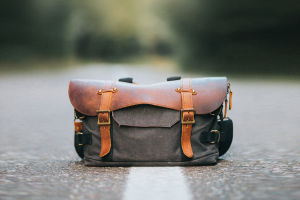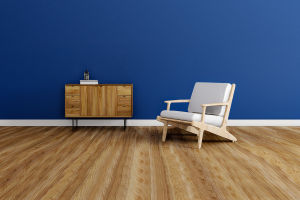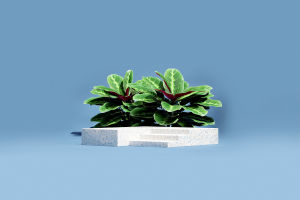
Hey Lykkers! Have you ever bought a backpack only to realize it doesn't fit your needs? Whether you're heading out for a short hike or a multi-day adventure, choosing the right backpack can make or break your trip.
Let's dive into the details and find the best one for you!
Backpack Size Matters
Picking the right backpack starts with understanding how long you'll be traveling, where you're going, and the expected weather conditions. These factors determine how much gear you need to carry and, ultimately, what size backpack is best.
Small Backpacks for Day Hikes (Under 25L)
For short hikes lasting just a few hours, you don't need much—just water, an extra layer, some snacks, and maybe trekking poles. A lightweight and compact backpack will keep you comfortable without weighing you down.
• Thule Stir (18L, 20L): Sleek, lightweight, and easy to access.
• Thule AllTrail (15L): Compact and well-organized for essential gear.
Backpacks for Overnight Trips (25L-35L)
If you're spending the night outdoors, you'll need more room for extra clothing, food, and sleeping essentials. These backpacks are also great for long day hikes where extra storage is necessary.
• Thule Stir (25L, 35L): Lightweight with accessible pockets for easy packing.
• Thule AllTrail X (25L, 35L): Versatile for different seasons and activities.
Backpacks for Multi-Day Adventures (40L-50L)
For trips lasting several days, you need a backpack that can handle extra food, fuel, clothes, and camping gear. Comfort and durability are key for long-distance treks.
• Thule AllTrail (45L): Adjustable fit with breathable straps and padding.
• Thule Stir Alpine (40L): Designed for mountain adventures, with space for tools and ski gear.
How to Find the Perfect Fit
No matter how great a backpack is, if it doesn't fit well, it will cause discomfort and strain. The two most important measurements are torso length and hip size.
• Torso Length: Measure from the base of your neck (C7 vertebra) to the top of your hips. A properly fitted backpack will distribute weight evenly and reduce strain.
• Hip Size: Most of the weight should rest on your hips, not your shoulders. Measure around the upper part of your hips (not your waist) for the best fit.
Many Thule backpacks offer adjustable torso and hip straps, while some have fixed sizes. Checking the size chart ensures you get the best match for your body type.
Important Features to Consider
Backpacks come with a range of features that can make your trip more comfortable and convenient. Here are some key ones to look for:
• Ventilation: Some Thule backpacks have a suspended system that creates space between your back and the pack, improving airflow and keeping you cool.
• Access Points: While smaller backpacks usually have only a top opening, larger ones often have multiple entry points, like bottom zippers or full-panel access.
• Detachable Top Lid: Some models allow the top lid to convert into a small daypack—perfect for short hikes during multi-day trips.
• Hydration Compatibility: In addition to bottle pockets, many Thule backpacks have compartments designed for hydration bladders.
• Sleeping Bag Compartment: Some models have a dedicated space at the bottom to keep your sleeping bag dry and separate from other gear.
• Rain Cover: Weather can be unpredictable, so keeping your gear dry is crucial. Some backpacks come with built-in rain covers, while others require a separate purchase.
Ready to Choose Your Backpack?
Picking the right backpack doesn't have to be complicated. Consider your trip length, gear needs, and personal comfort. With the right fit and features, your next adventure will be much more enjoyable!
Have you ever used a backpack that wasn't quite right? Share your experience with us, Lykkers! Let's help each other find the perfect pack for our next adventure. 🚶♂️🎒


